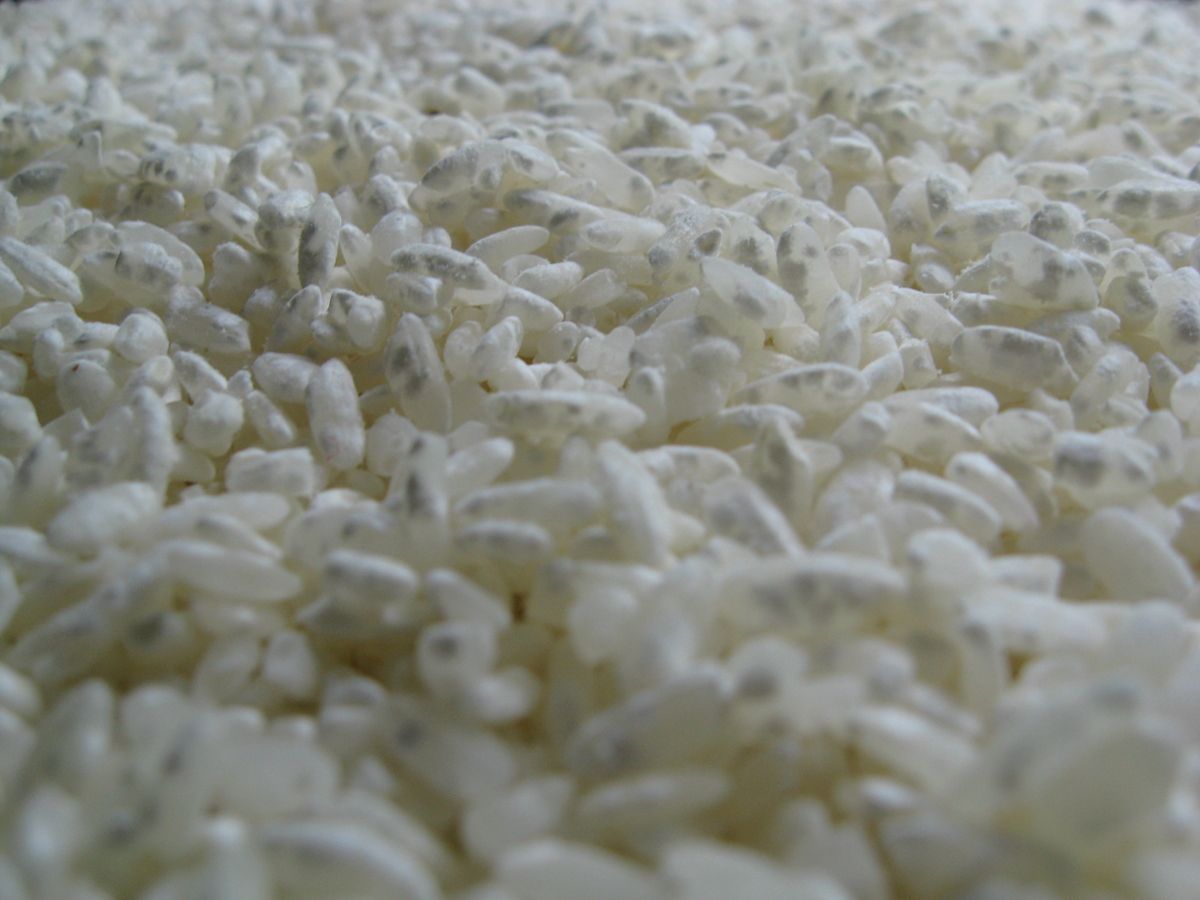Did you know that Japan has a national fungus? Aspergillus oryzae, or “koji,” received its important status because it lies at the heart of Japanese cuisine. The thought of mold in food might seem off-putting, but cultures throughout Asia discovered thousands of years ago that this particular mold can in fact be quite tasty!
In Japan, koji is primarily used in starting the fermentation process necessary for ubiquitous foods such as miso, sake, and soy sauce. Take miso for example. Rice is inoculated with koji and comes to resemble white, pillowy clouds. Koji then begins secreting enzymes that break down nutrients in the rice, such as starches, proteins, and fats, into their smaller parts such as glucose and amino acids. The inoculated rice is then added to soybeans, and the broken down elements become food for different bacteria or fungi that aid in fermentation. Meanwhile, the koji enzymes break down the soybeans and compounds that give miso an intense, nuanced sweetness and savory quality. The exact balance of these flavors depends on factors such as the proportion of rice to soybeans and the length of time the miso is left to ferment.
Koji’s ability to break down foods has a wide variety of culinary functions beyond just fermentation. The enzymes that help break down soybeans and rice can also function as a tenderizer for meats and vegetables. Cover some salmon with a bit of rice koji for a day or two in the fridge, cook it, and you have a super tender dish that tastes like it came from a high-end restaurant! If ever there was a mold worthy of being celebrated, it’s koji.










